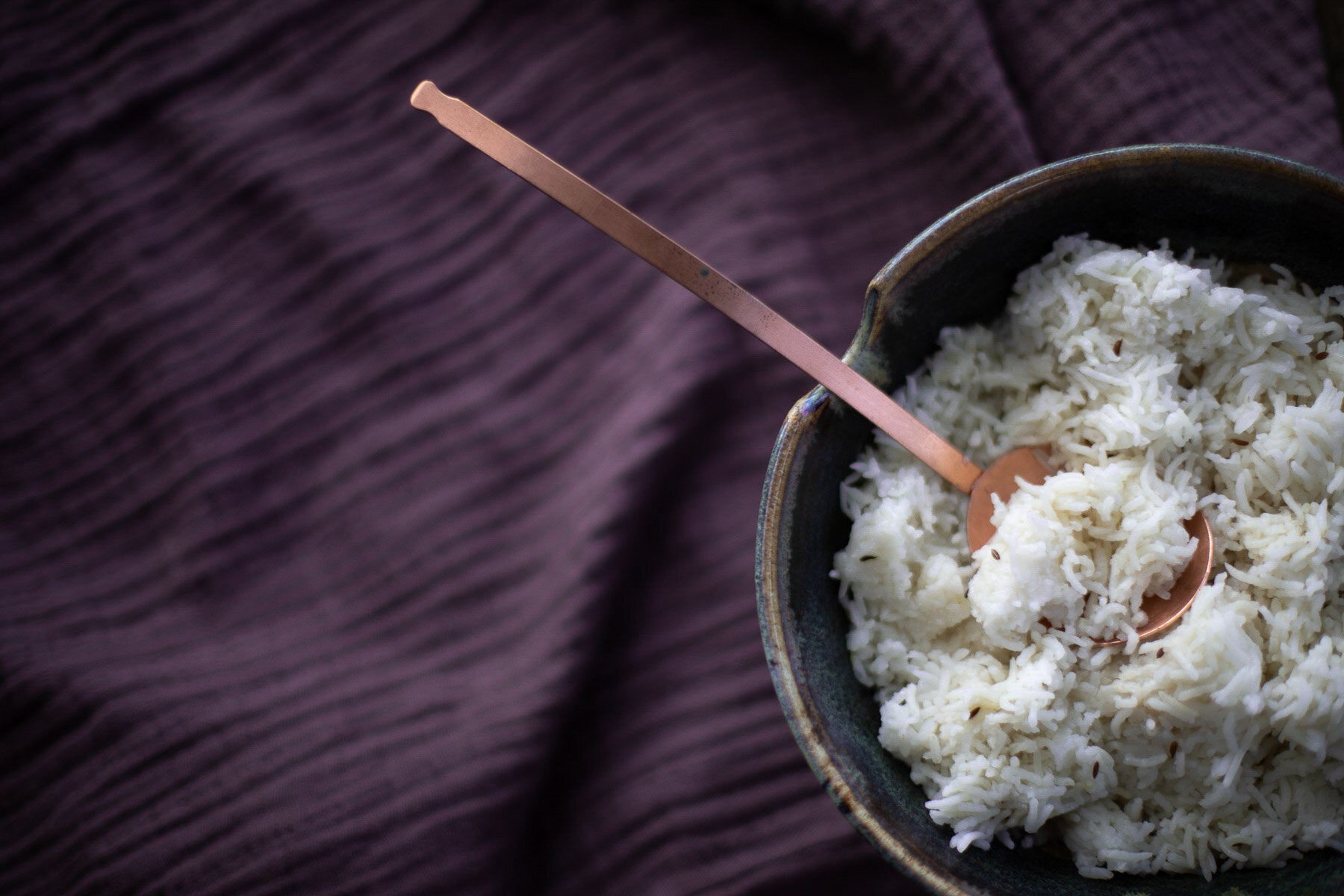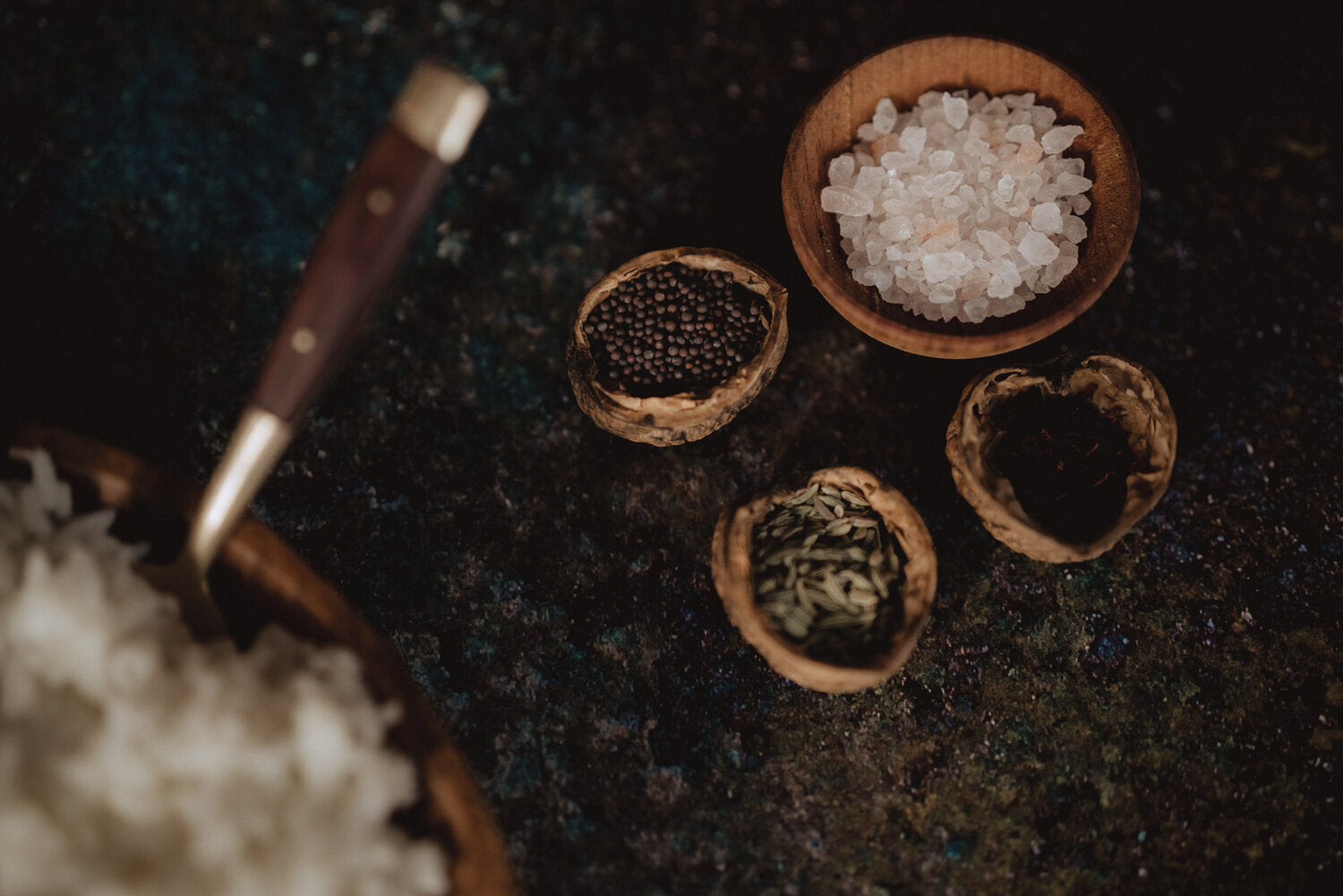
Grain has gotten a bad rap in recent years. Many health issues have been attributed to it: obesity, inflammation, leaky gut syndrome and mental fog are just a few that are on the list. But grain has been nourishing our ancestors for centuries and remains a central part of the diets of people around the world. So why is it suddenly a problem now? If grain is not a problem, why do so many people feel so good when they eliminate it from their diets?
Ayurveda offers a refreshing perspective on these questions, one that is grounded in more than 5,000 years of experience. Far before any diet fads filled the headlines, the ancient texts espoused grain as a way to balance the doshas and calm the mind. That this wisdom still applies in the modern day.
Why is grain considered so bad?
Every few years, a certain type of food becomes demonized in the media. Many years ago, researchers found that salt was terrible for our health and suggested that we avoid it. Later, another study found that salt was a necessary part of our diets and removing it was quite dangerous. We’ve seen this same pattern with fat, dairy, carbohydrates and so much more. As each one of these diet trends has risen to popularity, they have caused more issues than they solved.
These kinds of research projects are often looking at these foods in isolation; they lack the understanding that nature, and our bodies and mind, operate holistically. When you isolate a single component in a food, such as the gluten in wheat or sodium in salt, you miss the big picture about how the many components in a food work together. This narrow perspective causes misconceptions about how foods affect our bodies and minds and has created a lot of unnecessary panic and blame.
Given this trend, it’s not surprising that grain is now on the chopping block. Many people have gone grain free as a result of studies that show that grain makes us overweight, inflamed or dull. While processed grains, such as bleached white flour, can cause these kinds of issues, whole grains, chewed well, don’t have the same effect when agni, digestive fire, is strong. Yet without a holistic perspective on food intolerance, the easiest option is to blame the food instead of getting to the root of the issue.
The Ayurvedic perspective on grain
To understand why grain is so important, we have to look at vata dosha and its role in maintaining balance in the body and mind.
Vata, made of the air and ethers elements, is highly mobile by nature. Left ungrounded and weightless, the air element quickly picks up speed. Imbalanced vata will dry out the body and mind, leading to anxiety, constipation and sleeplessness (among other symptoms). Eventually, vata’s movement will push pitta and kapha doshas out of balance and cause a large range of health issues.
But you can make vata dosha your friend and it will not cause you these problems. When its movement is contained by food and activities that ground, nourish and stabilize, vata allows you to be flexible, creative and enthusiastic for life. Calm vata by giving it warmth, heaviness and softness. All of these properties are present in cooked whole grain.
Outside of its role in balancing vata, grain has many other positive properties. It is sattvic in nature, meaning it brings balance and harmony. Grain is grounding, nourishing and delicious. It supports digestion by activating important enzymes and providing fiber. And because it has the sweet taste, you are more satiated and less likely to look to sugary foods.
Why do people feel good when they give up grain?
Many people who have given up grain find that digestive upsets go away. There are two reasons for this. First, if agni is weak, it is difficult to digest heavy foods like grain, so eliminating this food makes it appear as if the problem has been solved. But since grains contain enzymes that support digestion (especially of proteins), agni is actually weakened by giving up grain. This leads to more systemic issues.
Secondly, many people benefit greatly after going grain free because they have often given up the processed foods that contain grain.
Many decades ago, we were told that processed grain, such as white flour, parboiled rice and rolled oats, were better for us and more convenient. But anything processed or precooked lacks prana and is difficult to digest. When people stop eating grain, they often begin cooking at home and paying more attention to the ingredients they use. So naturally they will feel better than they did when they were eating at restaurants or consuming pre-packaged foods.
Any food intolerance can be traced back to the strength of agni. Weak agni affects your ability to digest food, so therefore, treating agni should be a central part of overcoming any kind of food intolerance. This is the way to true and lasting health.

How to eat grain for health
If you are ready to begin a new relationship with grain, remember these steps: choose wisely, cook well and chew until mush.
-
Choose wisely: Not all grains are created equal. Opt for whole grains, including wheat flour, over anything that has been processed or pre-cooked. White rice, which many people think is in the “bad” category, is revered in Ayurveda for its digestibility and nutrition. Choose this when agni is weak, or try it in kitchari.
-
Cook well: Cook your grains with ghee and mineral salt until they are soft. You can also pressure cook grain if you’re short on time or want a softer, creamier texture.
-
Chew until mush: It is interesting to note the correlation between the increase in grain and gluten intolerance and the quickening pace of life. When we rush through meals, we don’t chew. When we don’t chew, food is not digested well. Slow down, savor each bite and connect with the sacred act of eating.
Grain is a lovely, nourishing food that has wonderful benefits for your body and mind. Look beyond the short-term history and reconnect with grain as the foundation of a balanced diet.
Want to share holistic wellness with others in a big way?
Start a new career path today with online ayurveda training

600-HOUR AYURVEDIC HEALTH COUNSELOR TRAINING

